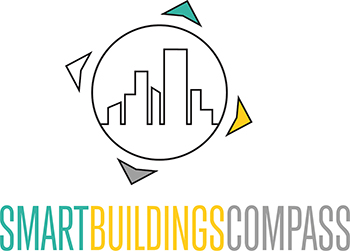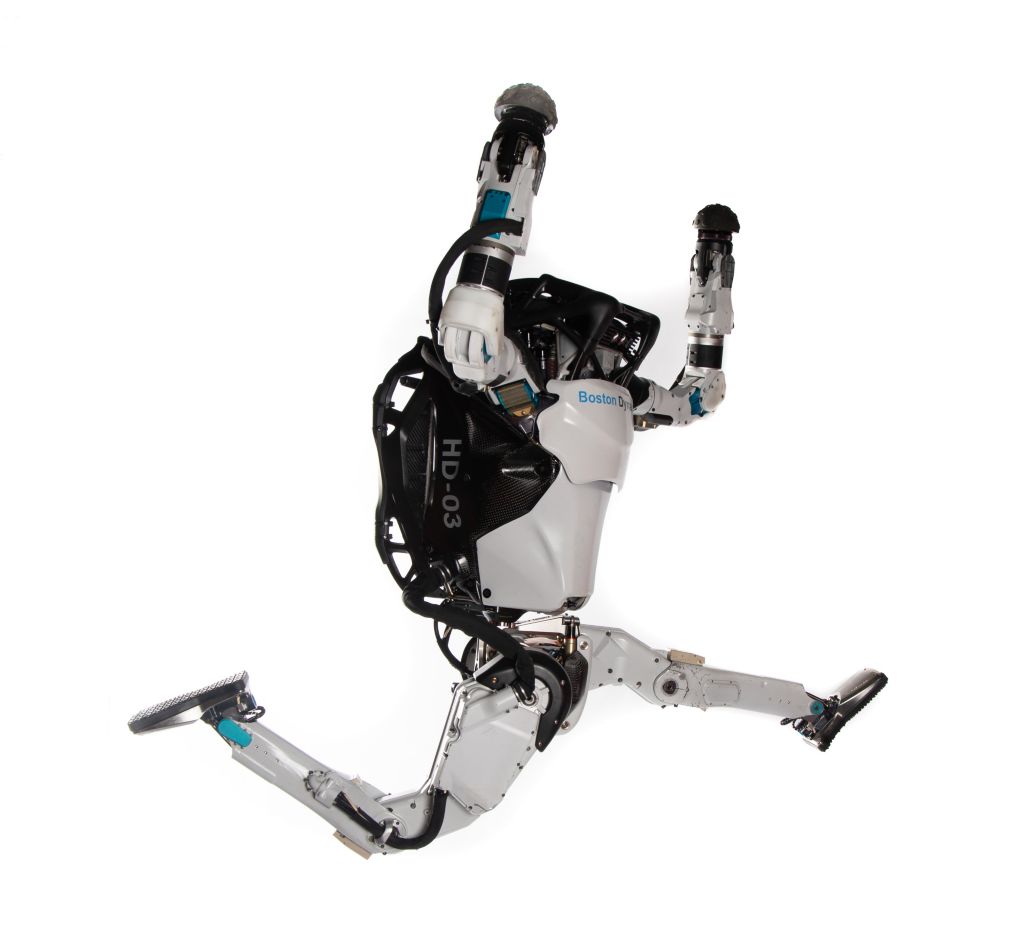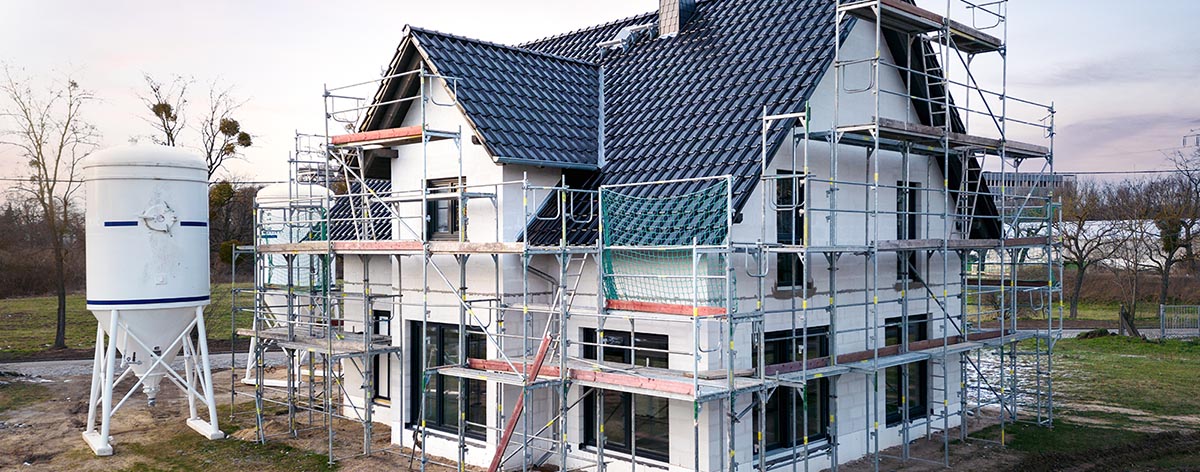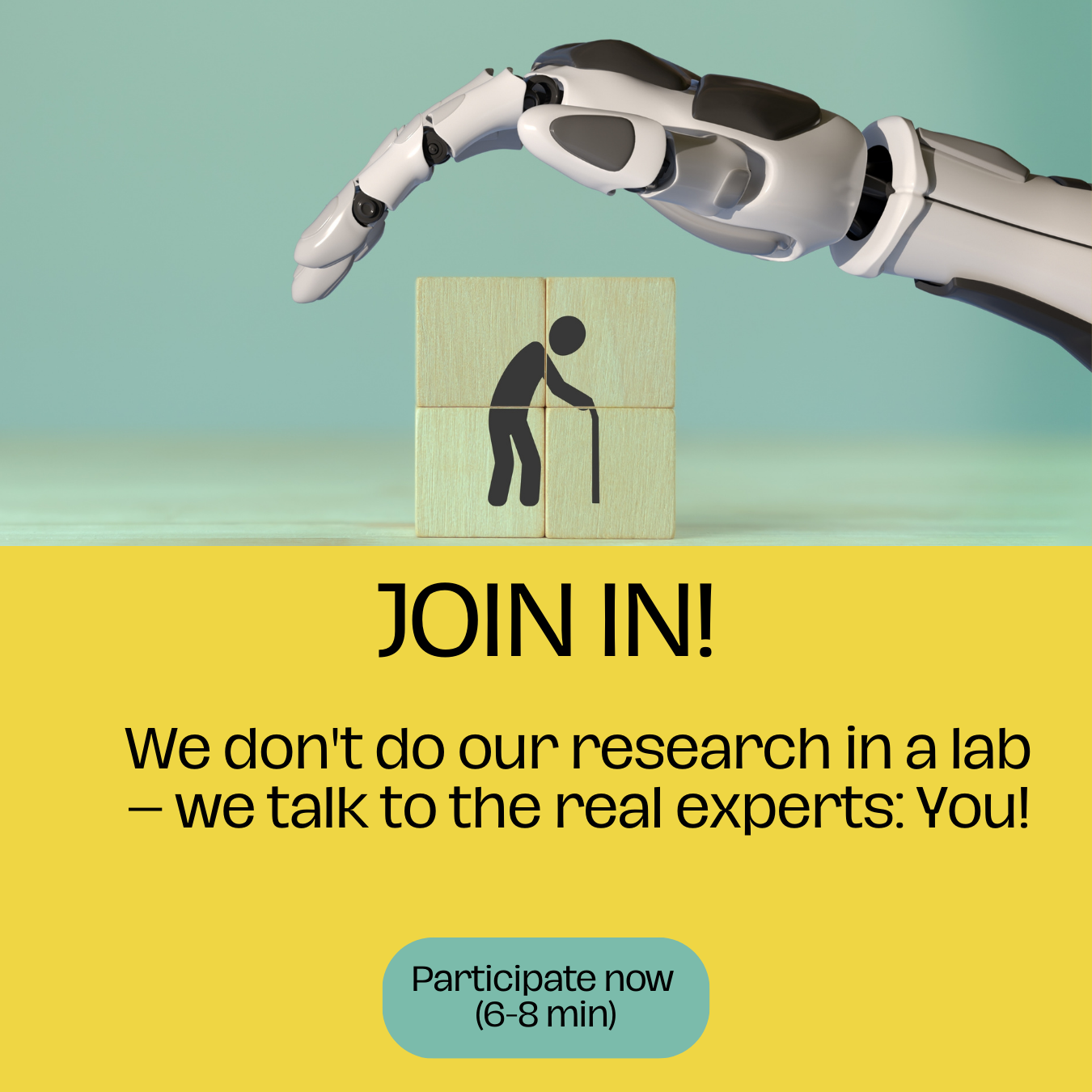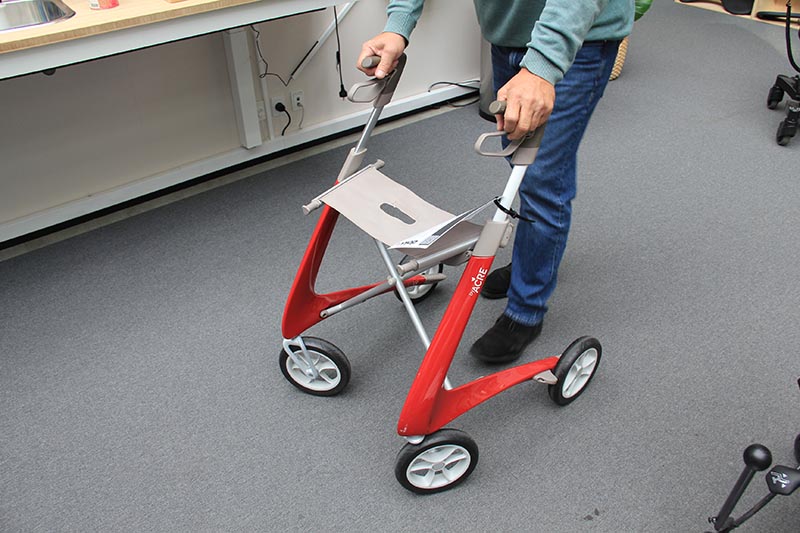Rapid advances in artificial intelligence, robotics and manufacturing technologies are currently opening up a fascinating era of humanoid robotics. In the Asian region significant technological breakthroughs have recently been achieved that have the potential to change social life enormously. The focus of development is on humanoid robots, which will make life easier in many ways in the future.
Asian regions are leading in this area, but Israel and the USA are also following with products. The overall goal of humanoid robots is to improve people’s daily lives. Their fields of application are extremely diverse, ranging from customer service, companionship and care for the elderly, to stress management, research applications and human interaction support.
Technological breakthroughs
A key driver of advances in humanoid robots is the integration of artificial intelligence (AI). This technology allows robots to recognize and respond to human emotions, gestures, and speech, which in turn enables human-like interactions.
Investment from Asian countries in particular has significantly driven this progress, as the greater humanity of robots means that they can better understand people’s needs and respond accordingly.
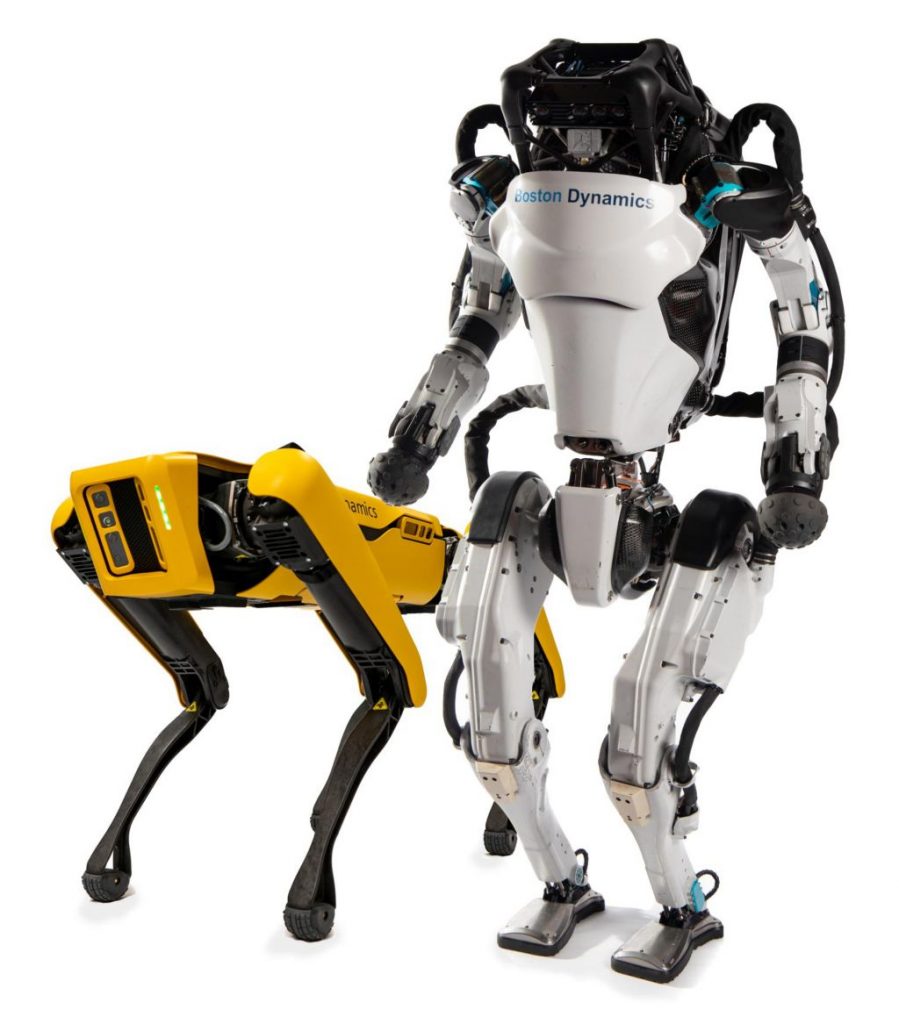
The advanced robots can navigate complex environments, climb stairs and even dance thanks to sensors and control systems. Natural language processing has also been significantly improved. This allows robots to have conversations with users, provide information, and assist with tasks that require verbal communication.
The use of humanoid robots has enormous societal implications, as it completely changes life in the long term and is already leaving visible traces. The robots have applications in a variety of sectors – including education, healthcare, hospitality, entertainment and care, as well as the military.
Healthcare sector: support for staff
The healthcare sector in particular is also undergoing a transformation through the integration of technological support into patient care. Among other things, these machines play a crucial role in supporting nursing staff. What is not (yet) happening in practice: Humanoid robots do not replace social interaction with patients. Especially for the elderly, interactive employment and social interaction are of great importance. Technology does not replace this personal contact, but it can ensure that existing (rare) personnel have more time for this personal exchange.
For this reason, but also because of demographic change, robots or so-called assistance technologies are becoming increasingly important: They provide support for particularly physically demanding work and offer a variety of options to keep people independent and healthy for as long as possible. Medical robots that assist surgeons in complex operations also contribute to improving healthcare.
Asia: Robotics has arrived in everyday life
In Asia, the fascination with robots is significantly greater, and new technologies are less critically scrutinized than in most other countries around the world. One country with a long history of research and development in this field is Japan. It is considered the birthplace of humanoid robotics. Robots have arrived in everyday life and are focused on elderly care, research applications, or assisting people in their daily lives.
In South Korea, “Hyundai Robotics” has taken a pioneering role with robot “HUBO”. This robot won in the 2015 DARPA Robotics Challenge, where it had to drive itself in a vehicle, climb steps and flip circuit breakers and turn valves. Reconnecting a cable and pulling a lever was part of the surprise task he had to master as part of the challenge. Focus of the robot is on mobility and human interaction.
In China, robots with advanced facial recognition and natural language processing are being developed for use in education, healthcare and entertainment. Taiwan is again the home of the renowned manufacturer “ASUS”. Robot “Zenbo” offers support to users at home and keeps them company.
Use for military purposes
In Israel, humanoid robots are increasingly being used for military purposes, such as targeted target identification and disarmament. These robots put people out of action to prevent further damage.
Since the founding of the state in 1948, Israel has continuously invested in new technologies for the army. Artificial intelligence thus supports military reconnaissance tasks: Robots patrol the border with Lebanon and Gaza, looking for signs of infiltration or bombs. The Israeli army stresses that these robots are not intended to replace human decision-making, but only to supplement it.
In the USA, service robots are in particular demand, with “Boston Dynamics” playing a leading role. The U.S. Army, in collaboration with Clemson University, plans to develop a high-speed unmanned ground vehicle that is capable of off-road operations. “Deep Orange 14” is intended to be used in natural disasters and urban reconnaissance, in which it can detect unknown terrain and plan missions through its autonomous algorithms.
In summary, humanoid robots represent the fusion of technology, culture, and innovation. With continued advances in AI, mobility, and natural language processing, they are becoming increasingly integrated into everyday life. The shortage of skilled workers is one driver of this development – for example in the healthcare sector. Dangerous or particularly physically demanding work is increasingly being carried out by technology – making seemingly unattractive jobs more attractive again.
The Asian region in particular is playing a key role in this development, and in doing so is providing a fascinating glimpse into the future of collaboration between humans and robots on a global scale.
